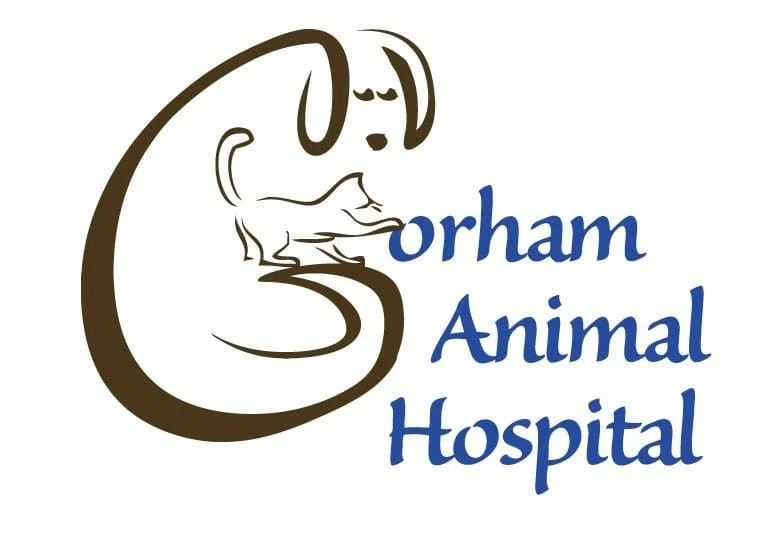Hyperthyroidism in Cats
By: Sheri Sime
A cat has two thyroid glands, one on either side of the windpipe. They produce a hormone called T4. This hormone is absorbed by the body and converted to T3. T3 is responsible for setting the body’s metabolic rate, affecting the cells in the whole body.
Hyperthyroidism is an overactive thyroid gland. Hyperthyroidism is caused by a benign growth in the thyroid gland that over produces T4. This commonly affects middle-aged to older cats. Symptoms of hyperthyroidism include increased drinking, increased urination, increased appetite, weight loss and vocalization. Other symptoms include diarrhea and vomiting. They may also urinate in inappropriate locations around your home. Sometimes these symptoms can mimic as an animal with cancer, liver or kidney disease.
Diagnosis includes a physical examination and blood testing. On physical exam; hyperthyroid cats may have large lobes palpable in their neck, this is enlarged thyroid glands. On a normal cat, the thyroid gland cannot be felt. They may also develop a rapid heart rate or a murmur. Blood testing would include a complete blood count (CBC) and biochemistry panel including T4 levels. Elevated T4 levels would indicate hyperthyroidism.
Left untreated, irreversible kidney, liver and cardiac changes can develop. High blood pressure, congestive heart failure and ultimately death may ensue. With early detection and treatment, the prognosis for cats with hyperthyroidism is excellent.
A number of treatment modalities are available. Radioactive iodine treatment is safe and effective. The affected thyroid gland can be surgically removed. If the thyroid gland is malignant, surgery is not curative. Radioactive iodine treatment and surgery are done a referral clinic.
Daily Methimazole can be used to treat hyperthyroidism. Blood monitoring is done by checking the T4 levels. This is done very closely until the cats T4 levels are in normal ranges again. Once the levels are in normal levels, blood monitoring can be done once a year.

